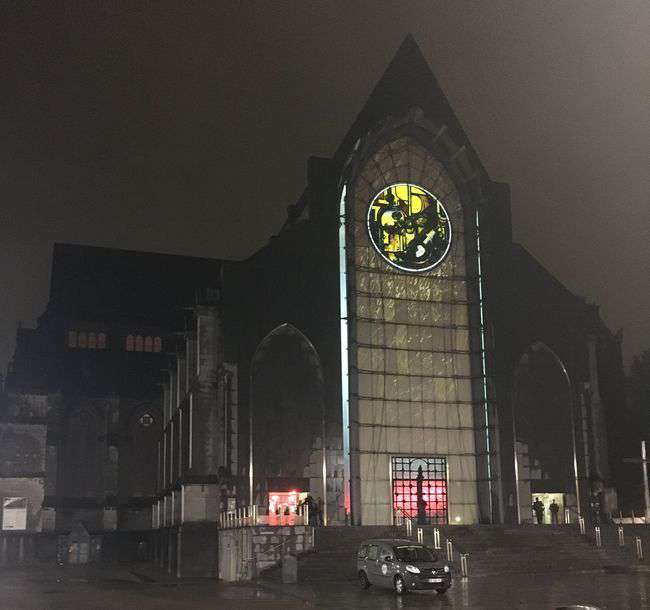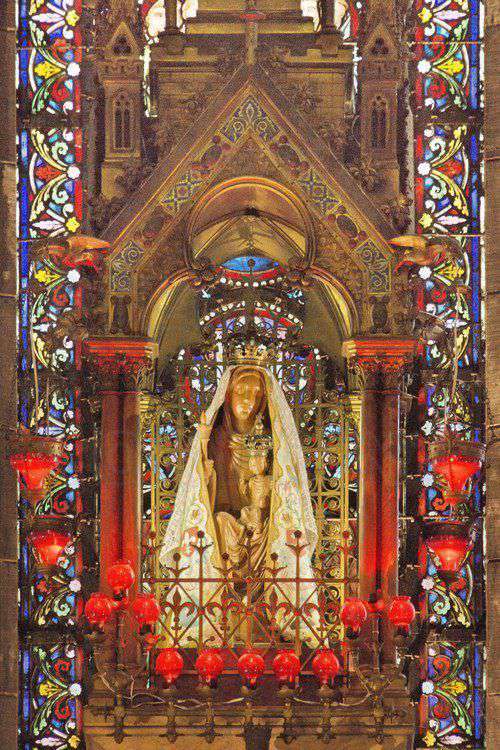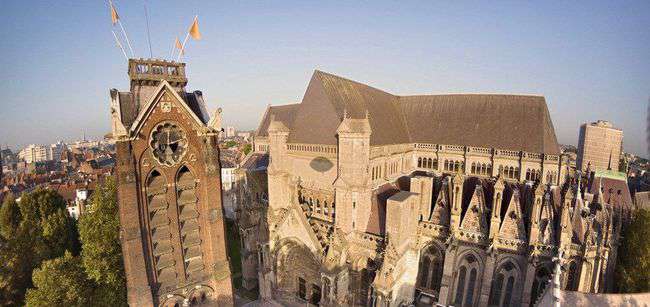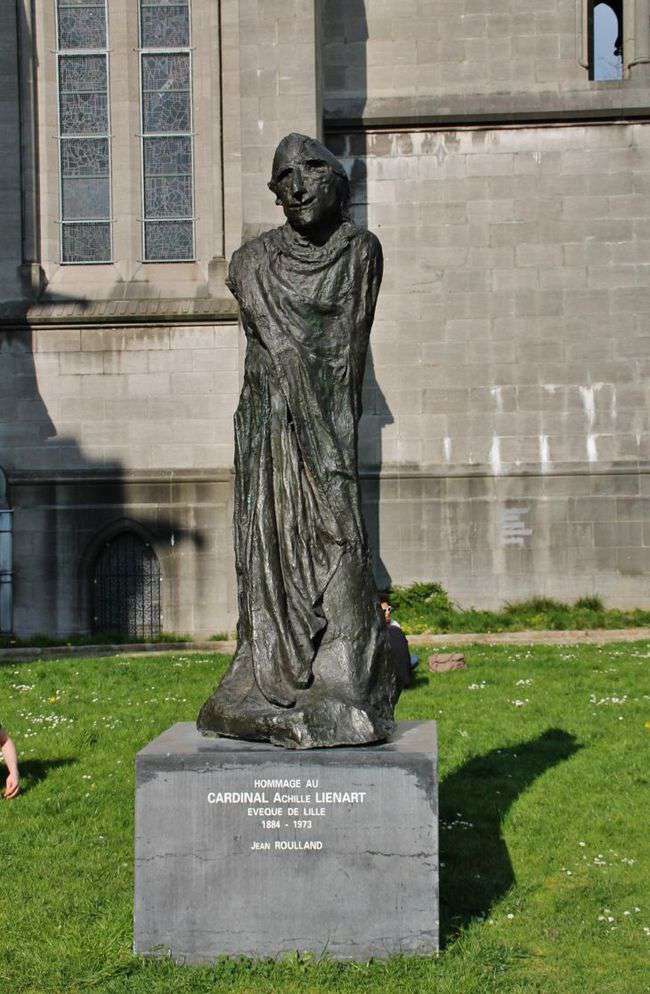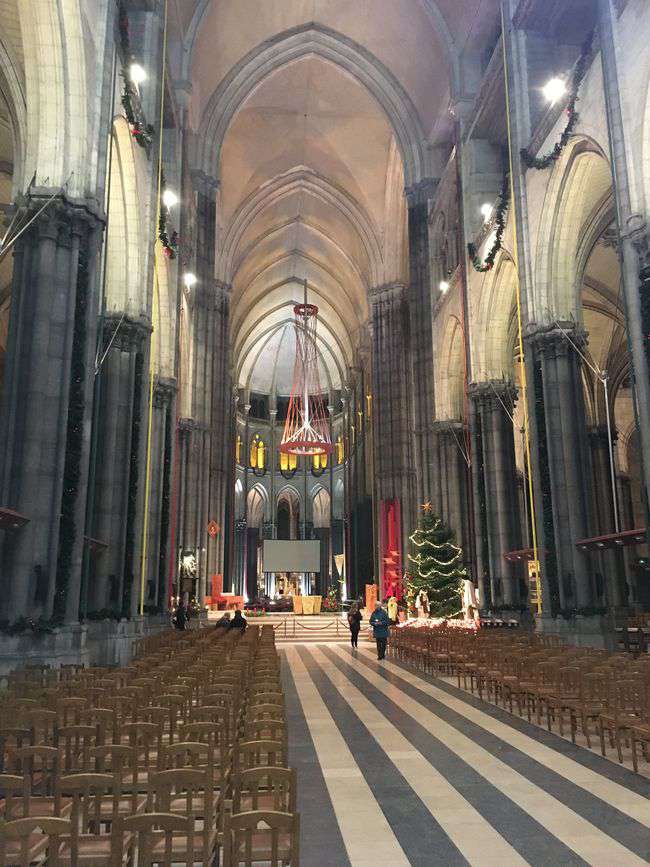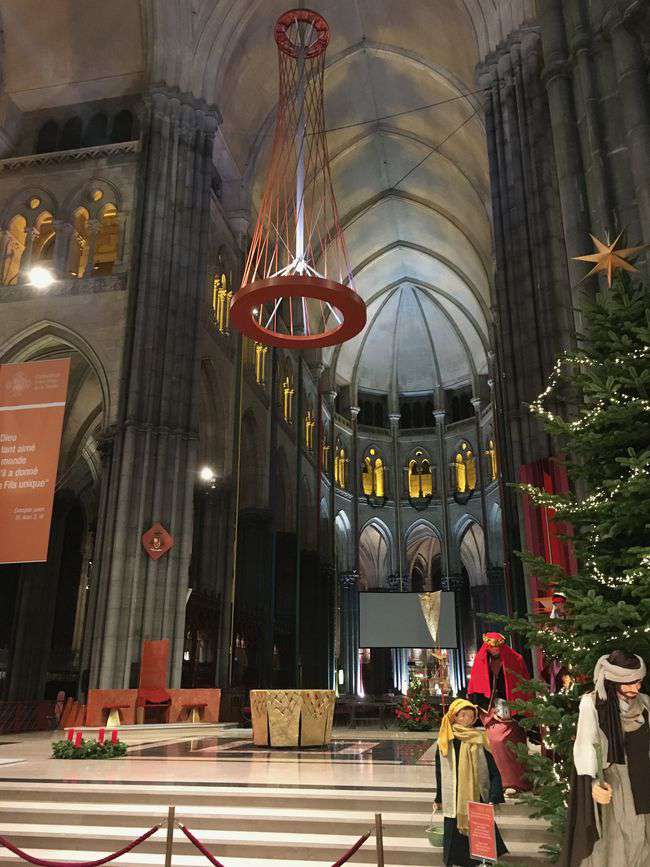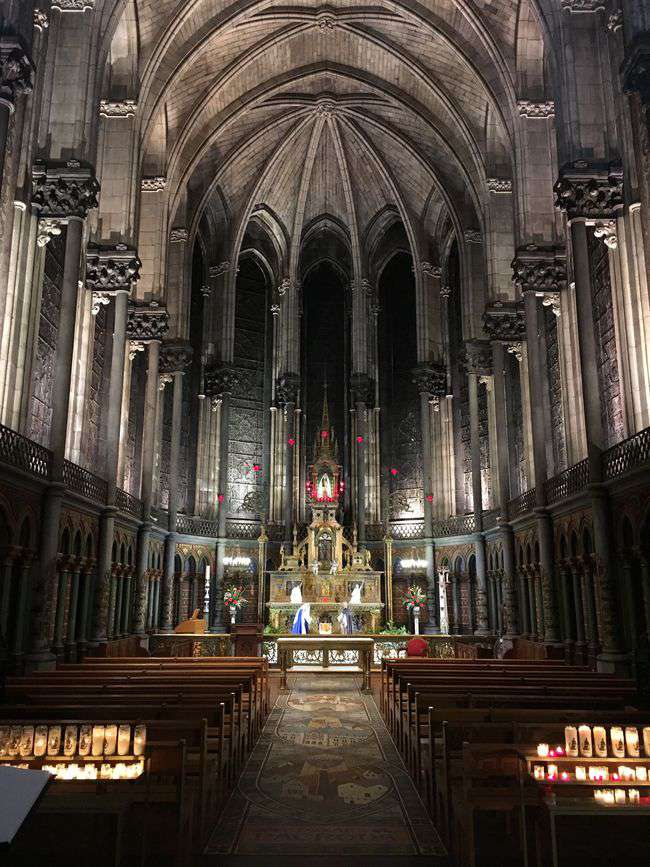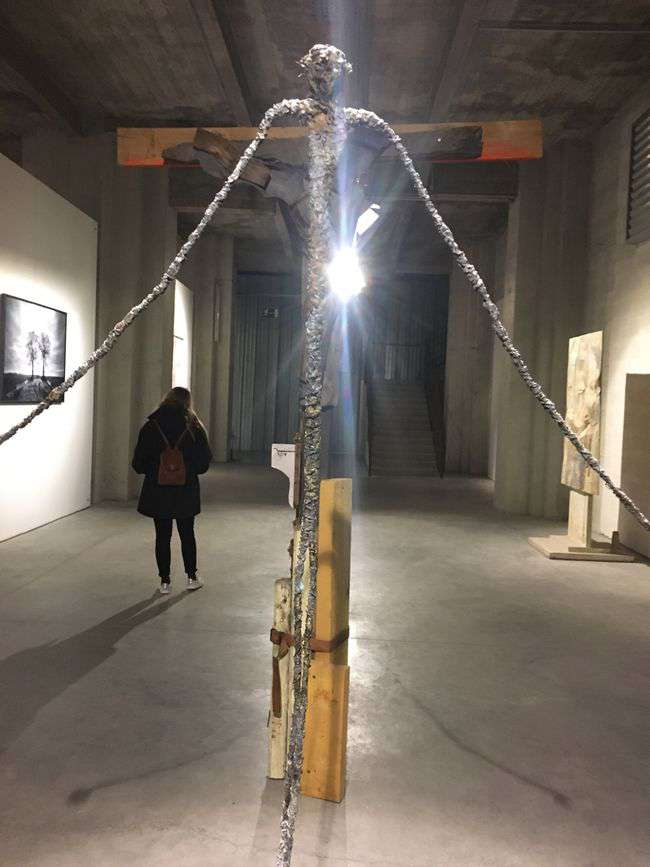Notre-Dame-de-la-30
Lille’s resident Cathedral, Notre-Dame-de-la-Treille, is pretty bizarre looking building. The square it overlooks, Place Gilleson, is apparently very significant: 1400 years ago, it was the site of a motte-and-bailey castle overlooking the early port of Lille, as well as a fantastical drama. 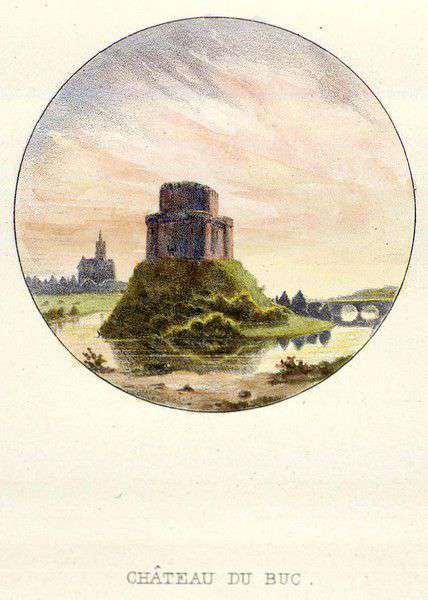
According to legend, an evil giant named Phinaert–the local ruler–murdered the traveling Prince of Dijon. This mustard monarch’s wife fled and found refuge with a forest hermit, dying in childbirth soon thereafter. The hermit raised their son Lydéric, who one day returned, challenged Phinaert to a duel, and revenged his parents. The ruling Merovingian (the first French dynasty, founded by Clovis [first Christian king of the Franks; his name gives us the modern Louis]), Dagobert, gave the castle and region to Lydéric, who proceeded to found the city of Lille on the spot.
Fast forward 1200 years: Lille’s episcopal seat of eight centuries was destroyed in the Napoleonic wars, and Place Gilleson was chosen for its replacement. The destroyed church had housed a XII century statue of the Virgin Mary, which supposedly performed many miracles throughout the middle ages and was an object of special devotion in Lille (after conquering Flanders in 1667, the sun king Louis XIV stood in front of the statue and pledged to respect the Lillois’ liberties). The miraculous statue lent its name to the new church on Place Gilleson: «Notre-Dame-de-la-Treille».
Fast forward another 150 years: the new church is finally completed just before the new millenium (the 19 December, 1999). And it isn’t even a simple church anymore! In 1913, the unfinished Notre-Dame-de-la-Treille became a cathedral–seat of the newly formed diocese of Lille (in 2008 it become the seat of an archdiocese, and in 2009, a national historical monument). Due to its gradual construction over two centuries, the architecture is haphazard and shifts from neogothic stone to downright modern steel & concrete as you move from East to West. The original design for a western façade included two large towers, but since this was scrapped somewhere along the road, a hastily constructed «campanile» (free standing bell tower) from 1870 is still housing some donated bells just south of the Cathedral.
Also just south of main building is the crazy statue of a bishop of Lille:
We happened to enter as a choir was performing in the transept, so I got to explore the chapels to a hauntingly beautiful rendition of Stille Nacht (Silent Night in German).
The nave:
The choir/sanctuary (I love the integration of modernity inside and out):
«La Sainte Chappelle», a chapel directly behind the choir (inspired by a church of the same name that I love in Paris) :
The chaotic construction was in part due to soil conditions, which necessitated the digging of a huge unanticipated crypt that used up much of the early funds raised. This crypt, the largest in Europe, now houses «le Centre d'Art Sacré», a museum of sacred art.
